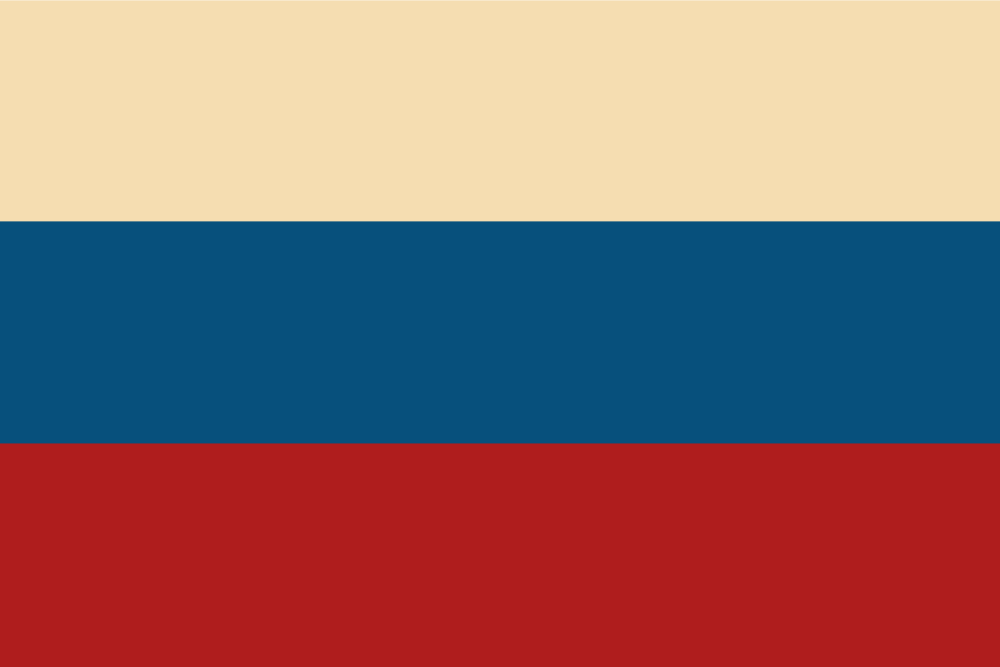Russian Numbers: Gender, Cases and All Numbers 1-100 Explained
Russian numbers follow unique grammatical rules: "one" (один/одна/одно) and "two" (два/две) change according to the gender of the noun. Starting with three, numbers must be declined based on grammatical case. In this guide, you'll learn the essential basics, understand irregular tens, and confidently use Russian numbers.


How Russian Numbers Are Structured
The Russian number system is logical but has unique features such as declension (cases) and gender agreement. However, the basic structure is clear.
- 1-10
-
Basic numbers: один, два, три, четыре, пять, шесть, семь, восемь, девять, десять
These basic numbers must be memorized. Important: один (m), одна (f), одно (n) and два (m/n), две (f) agree with the gender of the noun.
- 11-19
-
Formation with "-надцать": одиннадцать, двенадцать, тринадцать...
These numbers are formed by adding "-надцать" to the stem of the units digit. They are relatively regular.
- 20, 30
-
Tens with "-дцать": двадцать, тридцать
The tens 20 and 30 have their own ending.
- 40, 90
-
Special forms: сорок, девяносто
The numbers 40 and 90 are irregular and must be memorized. They follow no pattern.
- 50-80
-
Tens with "-десят": пятьдесят, шестьдесят, семьдесят, восемьдесят
These tens are formed from the stem of the units digit plus "-десят".
- 21-99
-
Compound numbers: двадцать один, тридцать два...
Numbers are combined by placing the tens and units side by side. For example, двадцать один (21).
Russian Numbers from 1 to 100
All Russian numbers from 1 to 100 at a glance, including Cyrillic script. Perfect for systematic learning and quick reference.
Test Your Russian Number Knowledge
Can you match these numbers correctly? How confident are you with Russian numbers from 1-100?
Pro tip: App for targeted number training. Did you know there's an app dedicated exclusively to numbers in foreign languages? With the Numfred app, you can specifically learn Russian numbers.
Hundreds, Thousands and Large Numbers
Here are the most important numbers and how they're formed:
- 100
-
сто
Standing alone: сто. In combination: сто один.
- 200-900
-
двести, триста, четыреста, пятьсот, шестьсот, семьсот, восемьсот, девятьсот
Note the irregularities with двести (200), триста (300) and четыреста (400). The remaining hundreds are formed regularly from the unit number + "сот": пятьсот, шестьсот, семьсот, восемьсот, девятьсот.
- 1.000
-
тысяча
Thousand. Note: тысяча is feminine and is declined accordingly.
- 10.000
-
десять тысяч
Ten thousand. Thousand (тысяч) is here in the genitive plural.
- 1.000.000
-
один миллион
1 million. Treated like a noun.
- 1.000.000.000
-
один миллиард
1 billion.
Common Pitfalls When Learning Numbers
Hearing or quickly pronouncing numbers can be challenging. These cases in particular often lead to confusion:
-
Gender agreement (один/одна, два/две):
один стол (1 table) vs. одна книга (1 book). два стула (2 chairs) vs. две машины (2 cars). The numbers 1 and 2 agree with the gender of the noun. -
Cases (Declension):
Russian numbers change their endings depending on the case. This is the biggest challenge. For example, 'I have three friends' is У меня три друга, but 'I'm going with three friends' is Я иду с тремя друзьями. -
Similar-sounding numbers:
шесть (6) and семь (7) or шестнадцать (16) vs. семнадцать (17) can be easily confused. -
Irregular tens:
The numbers сорок (40) and девяносто (90) are exceptions and must be learned separately.
Understanding and Using Numbers in Daily Life
In spoken Russian, numbers are often pronounced quickly – especially when dealing with:
-
Time:
час = one hour/one o'clock
два часа = two o'clock
пять часов = five o'clock
четверть второго = quarter past one (1:15)
половина третьего = half past two (2:30)
без четверти три = quarter to three (2:45)
без десяти пять = ten to five (4:50)
двадцать минут девятого = twenty past eight (8:20) -
Money amounts:
девяносто рублей пятьдесят копеек = 90.50 ₽
двести сорок рублей двадцать копеек = 240.20 ₽
рубль, рубли, рублей = the currency
Это стоит пятнадцать рублей. -
Years:
1812 → тысяча восемьсот двенадцать
1991 → тысяча девятьсот девяносто один
2024 → две тысячи двадцать четыре -
Basic arithmetic:
8 + 6 = 14 → восемь плюс шесть будет четырнадцать
15 - 7 = 8 → пятнадцать минус семь будет восемь
4 × 5 = 20 → четыре умножить на пять будет двадцать
18 ÷ 3 = 6 → восемнадцать разделить на три будет шесть -
Fractions and decimals:
½ → половина, одна вторая
¼ → четверть, одна четвёртая
0.7 → ноль целых семь десятых
3.14 → три целых четырнадцать сотых
Unique Features of Russian Numbers
Russian has certain linguistic conventions and peculiarities when dealing with numbers – in spelling, pronunciation, and expression. Here's an overview of typical unique features:
-
Noun-counting grammar:
Numbers are followed by special grammar: After 1 comes nominative singular (один стол). After 2, 3, 4 comes genitive singular (два стола). From 5 onwards comes genitive plural (пять столов). -
Declension of numbers:
All numerals are declined. This means they change their form depending on the grammatical case, which presents a major challenge for learners. -
Animate and inanimate nouns:
In the accusative plural, Russian distinguishes between animate and inanimate nouns. With animate nouns, the accusative corresponds to the genitive plural (Я вижу трёх друзей), with inanimate nouns to the nominative plural (Я вижу три стола). The numeral itself remains unchanged. -
Pronunciation and stress:
Stress in Russian is not fixed and can change the meaning of words. Even with numbers, correct stress is crucial for understanding.
Explore Other Languages:


Learn Numbers with the Numfred App!
The learning app that helps you train your listening comprehension of numbers in foreign languages.
- Understand and learn numbers in 13 languages
- Up to 999,999: Recognize large numbers confidently
- Hear the numbers: Clearly and naturally spoken
- Focus on relevant number ranges
- Test without registration, no time limit
- Works completely offline

